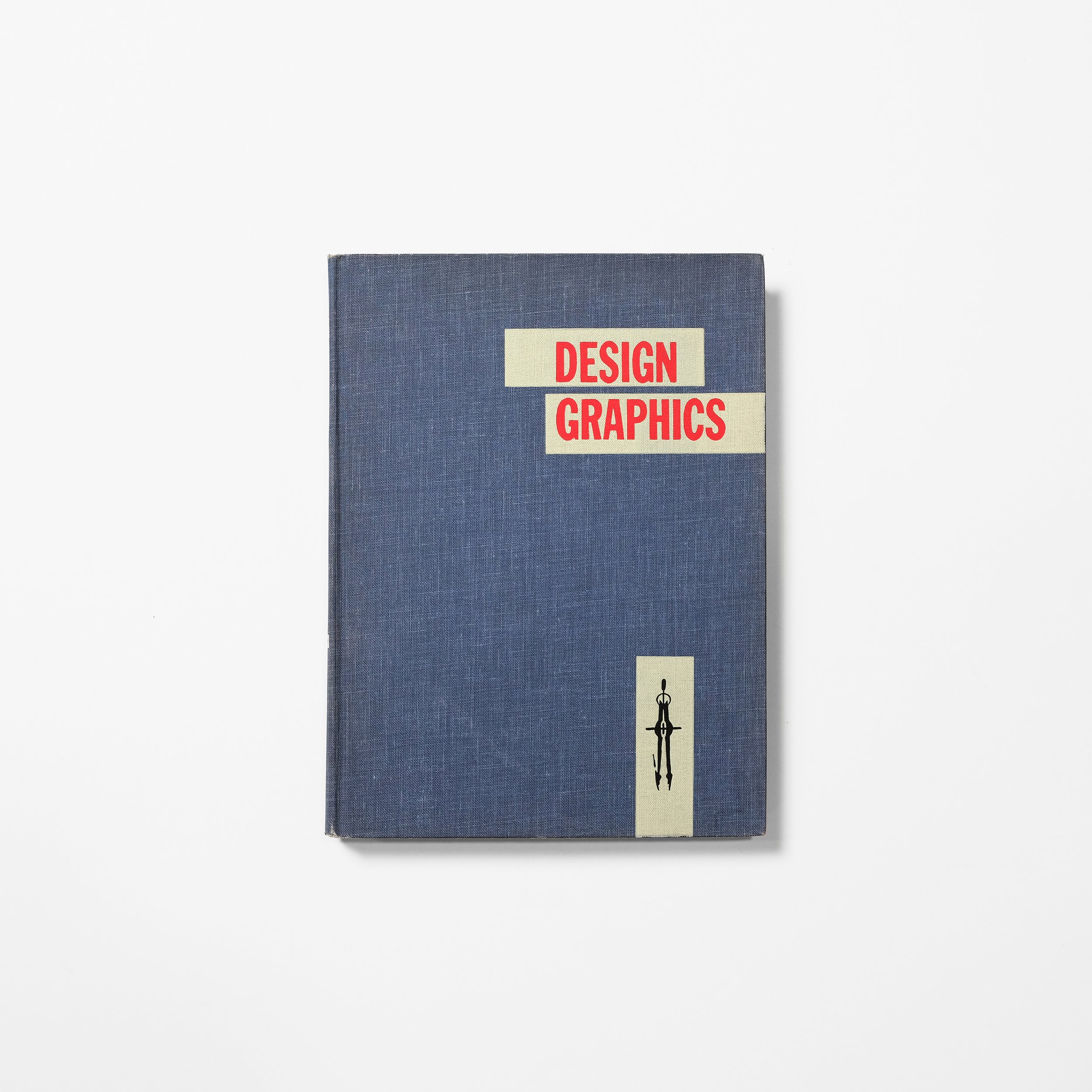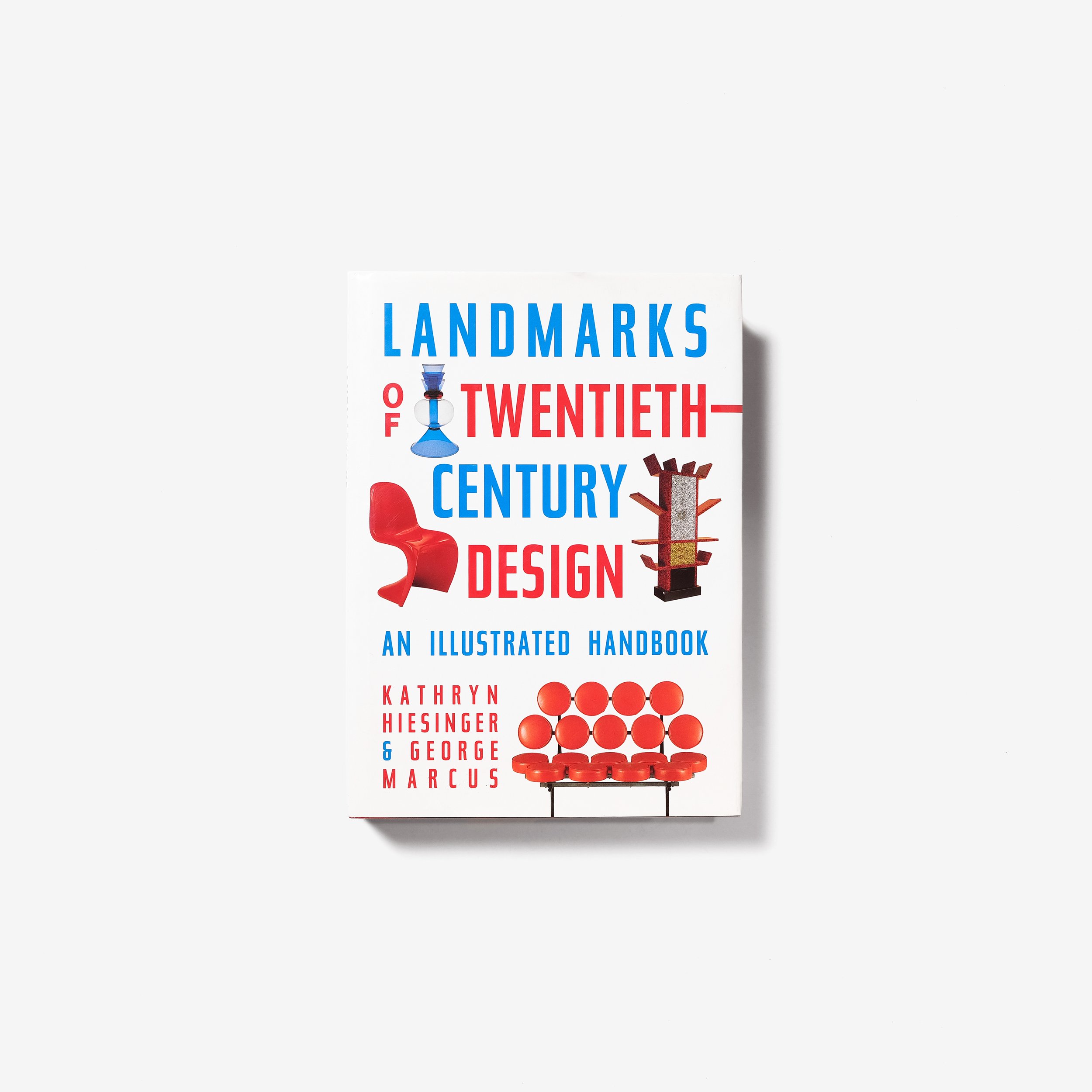Design Graphics
The primary ways to convey ideas are through speech and drawings. While speech introduces imagination and subjective interpretation, drawings provide precise visual representations, reducing ambiguity. Graphics, the art of drafting and visual representation, plays a vital role in design by developing, explaining, and communicating ideas. Drawings serve three main purposes: aiding the creative process, presenting concepts for client review, and producing detailed working instructions for fabrication.
Effective graphical representation requires skills in layout, neat execution, and the use of tones, textures, colors, and shadows to enhance clarity and appeal. Designers and draftspeople must coordinate their mind, hands, and eyes to produce impactful results.
Graphics are essential across fields like architecture, engineering, industrial design, and interior decorating. Professionals and amateurs alike benefit from mastering drawing techniques to clearly explain designs and select the appropriate method for each project.
This comprehensive guide offers foundational knowledge and skills in graphical representation, helping readers across various disciplines communicate their ideas effectively and achieve the best possible outcomes in their design work.
The primary ways to convey ideas are through speech and drawings. While speech introduces imagination and subjective interpretation, drawings provide precise visual representations, reducing ambiguity. Graphics, the art of drafting and visual representation, plays a vital role in design by developing, explaining, and communicating ideas. Drawings serve three main purposes: aiding the creative process, presenting concepts for client review, and producing detailed working instructions for fabrication.
Effective graphical representation requires skills in layout, neat execution, and the use of tones, textures, colors, and shadows to enhance clarity and appeal. Designers and draftspeople must coordinate their mind, hands, and eyes to produce impactful results.
Graphics are essential across fields like architecture, engineering, industrial design, and interior decorating. Professionals and amateurs alike benefit from mastering drawing techniques to clearly explain designs and select the appropriate method for each project.
This comprehensive guide offers foundational knowledge and skills in graphical representation, helping readers across various disciplines communicate their ideas effectively and achieve the best possible outcomes in their design work.
The primary ways to convey ideas are through speech and drawings. While speech introduces imagination and subjective interpretation, drawings provide precise visual representations, reducing ambiguity. Graphics, the art of drafting and visual representation, plays a vital role in design by developing, explaining, and communicating ideas. Drawings serve three main purposes: aiding the creative process, presenting concepts for client review, and producing detailed working instructions for fabrication.
Effective graphical representation requires skills in layout, neat execution, and the use of tones, textures, colors, and shadows to enhance clarity and appeal. Designers and draftspeople must coordinate their mind, hands, and eyes to produce impactful results.
Graphics are essential across fields like architecture, engineering, industrial design, and interior decorating. Professionals and amateurs alike benefit from mastering drawing techniques to clearly explain designs and select the appropriate method for each project.
This comprehensive guide offers foundational knowledge and skills in graphical representation, helping readers across various disciplines communicate their ideas effectively and achieve the best possible outcomes in their design work.












